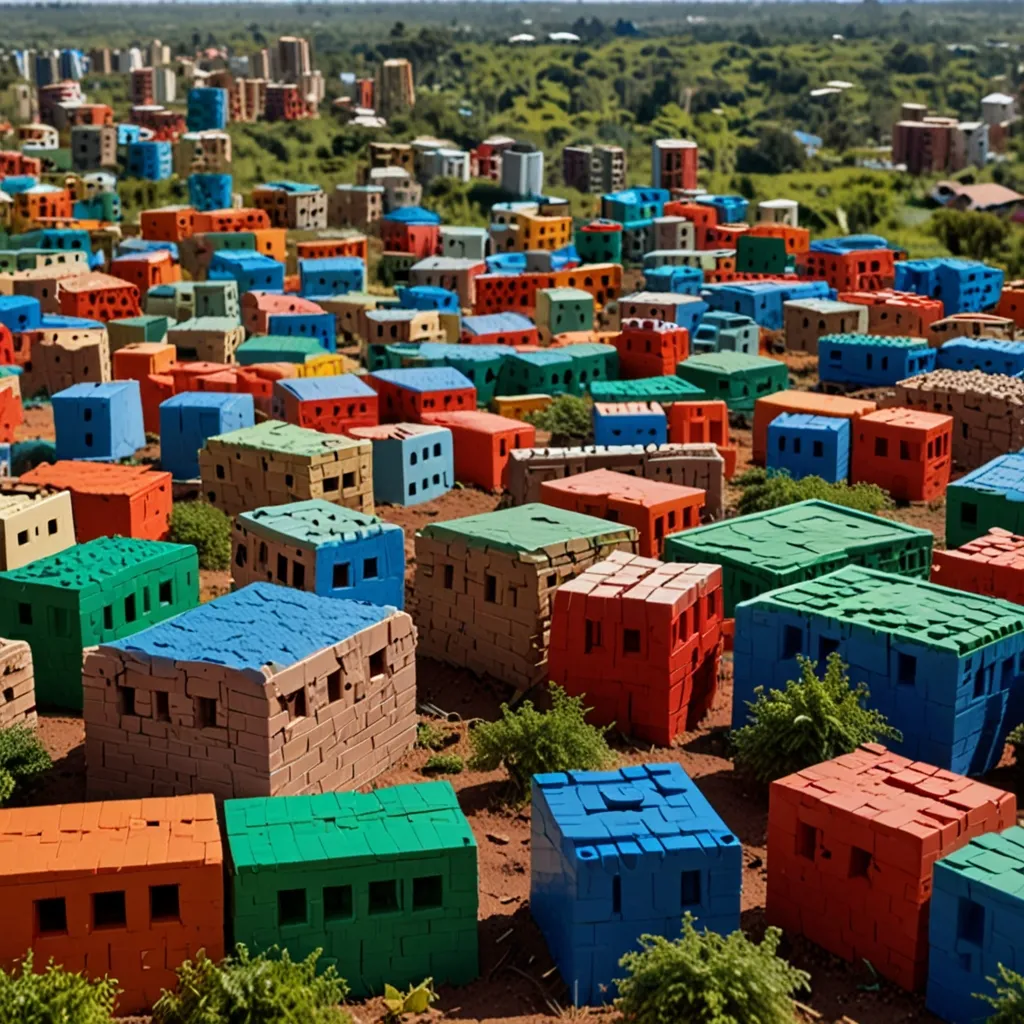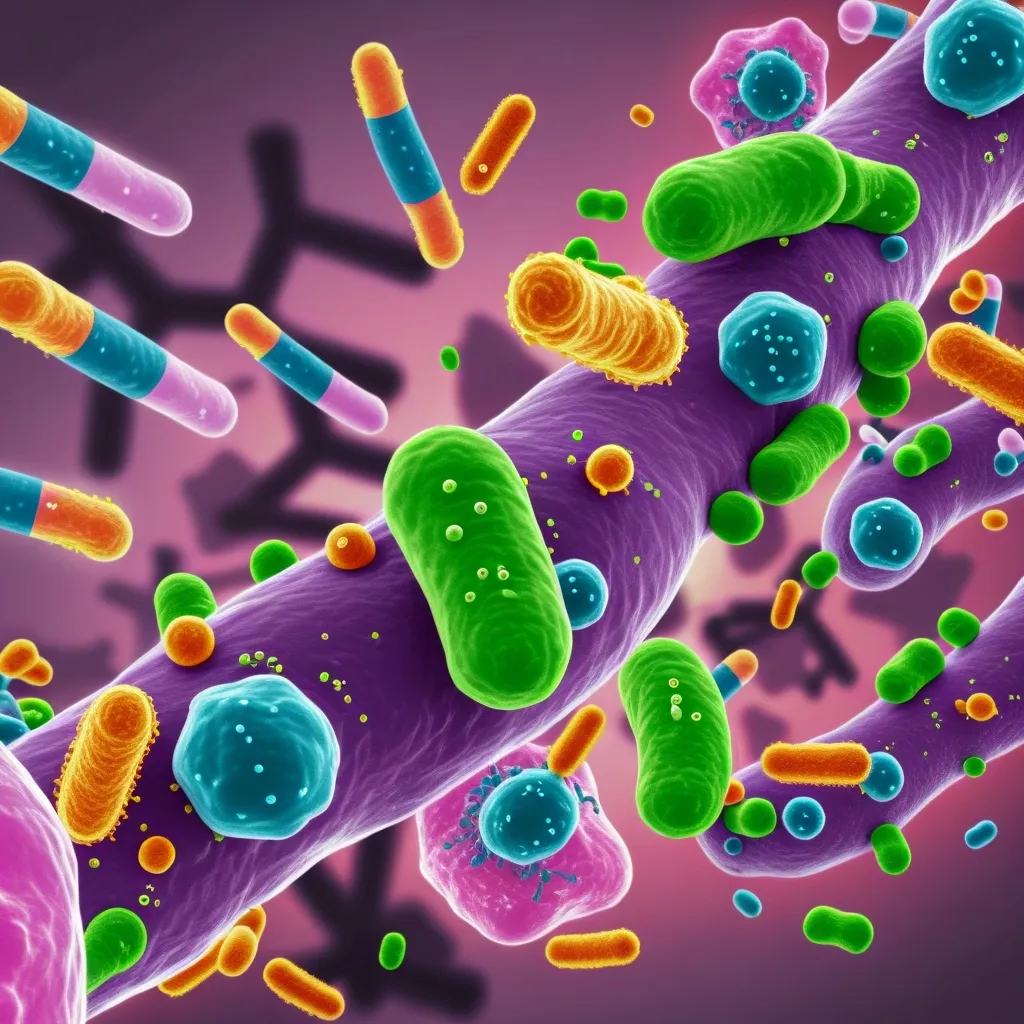Plastic Pollution to Building Solutions: A Kenyan Innovation
Ever looked at a pile of plastic waste and thought, “Hey, we could build something with that?” Well, that’s exactly what Zambin Zambi Mate from Nairobi, Kenya did. She’s the brains behind an ingenious idea that’s turning plastic trash into treasure – building bricks!
Let’s face it, plastic waste is a global headache. In Nairobi alone, they’re drowning in about 500 metric tons of plastic waste every single day. And only a tiny bit of that gets recycled. It’s like trying to empty the ocean with a teaspoon.
But here’s the kicker – Kenya’s also dealing with a massive housing shortage. They’re short about 2 million affordable housing units, and that number’s growing by 200,000 every year. Talk about a double whammy!
So, Zambin had this crazy idea. Why not kill two birds with one stone? Use the plastic waste to solve the housing problem. And boom! Gjenge Makers was born.
These guys are like plastic waste superheroes. They’re taking all that trash and turning it into pavers and building bricks. It’s like they’ve got a magic wand that turns waste into wanted, one brick at a time.
Now, you might be wondering, “How the heck do they do that?” Well, it’s pretty cool. First, they sort the plastic. Then they crush it into tiny flakes. Mix in some sand, and you’ve got yourself a recipe for eco-friendly construction.
They feed this mix into an extruder that turns it into a dough-like material. Pop that into a press, wait for about three minutes, and voila! You’ve got yourself a brick. It’s like baking, but instead of cookies, you get building materials.
But here’s the real kicker – these plastic bricks are actually better than regular concrete ones. They’re stronger, lighter, and cheaper. It’s like the holy trinity of construction materials.
The plastic acts like a string, binding everything together super tight. This means fewer air pockets and less brittleness. Plus, they’re about half the weight of normal concrete bricks. And the cherry on top? They’re about 25% cheaper. Talk about a win-win-win situation!
But wait, there’s more! These plastic bricks are also way more environmentally friendly than concrete ones. The materials are sourced locally, which means less transportation and fewer emissions. And the process of making them produces way less CO2 than cement production. Mother Nature is definitely giving these bricks a thumbs up.
Zambin and her team aren’t stopping at pavers. They’re dreaming big. They’re working on building blocks for affordable housing. The goal? To slash material costs by 30%, cut CO2 emissions by 20%, and halve the building time. If they pull this off, it could be a game-changer for Kenya’s housing crisis.
It’s not just about housing, though. This project is creating jobs too. So far, they’ve provided opportunities for about 113 youth and women in Kenya. And they’re aiming to double or triple that number. It’s like they’re building a better future, brick by brick.
But let’s rewind a bit. How did all this start? Well, it was a beach trip in 2017 that opened Zambin’s eyes. She saw plastic waste washing up on the shore, touching her legs. That was her “eureka” moment. She was tired of complaining and decided to be the change she wanted to see.
Starting Gjenge Makers wasn’t easy. It was like jumping off a cliff without a parachute and building the plane on the way down. Some ideas worked, some didn’t. But that’s the beauty of innovation – you learn either way.
Zambin’s vision goes beyond just recycling plastic. She wants to create a world where human existence and sustainability are one and the same. It’s a lofty goal, but hey, someone’s gotta do it, right?
By the end of this year, they’re aiming to recycle about 100 metric tons of plastic waste. That’s a lot of plastic that won’t end up in our oceans or landfills. Instead, it’ll be part of someone’s home or driveway.
But for Zambin, it’s not just about the numbers. It’s about making a dent in the universe. Even if it’s just one piece of plastic converted into something beautiful and sustainable, that’s a win in her book.
This journey hasn’t been easy. It’s like being on the front lines of a battle – us against unsustainability. But Zambin and her team are up for the challenge. They’re not just building bricks; they’re building a sustainable future. And they’re doing it with style!
Zambin’s story is a reminder that sometimes, the best solutions come from the most unexpected places. Who would have thought that the answer to Kenya’s housing crisis could be found in a pile of plastic waste?
It’s also a testament to the power of purpose. When you know why you’re doing something, it makes the hard work easier to bear. For Zambin, her purpose is clear – to build a sustainable future, literally and figuratively.
So, the next time you toss a plastic bottle in the recycling bin, remember Zambin and her team in Kenya. That bottle could end up as part of someone’s home. Now that’s what I call upcycling!
In a world that often seems overwhelmed by environmental problems, stories like this give us hope. It shows that with a bit of creativity and a lot of determination, we can turn our biggest challenges into opportunities.
Who knows? Maybe one day, we’ll all be living in houses made from recycled plastic. It might sound far-fetched now, but then again, so did the idea of turning plastic waste into building bricks. And look where we are now!
So here’s to the innovators, the dreamers, the people who see possibilities where others see problems. They’re the ones building a better future, one plastic brick at a time.
And who knows? Maybe Zambin’s story will inspire someone else to pursue their crazy idea. Because that’s how change happens – one person decides to make a difference, and before you know it, you’ve got a revolution on your hands.
So, what’s your plastic brick? What problem are you itching to solve? Remember, every great innovation starts with a simple idea and the courage to pursue it. Who knows, you might just end up creating your own dent in the universe.






